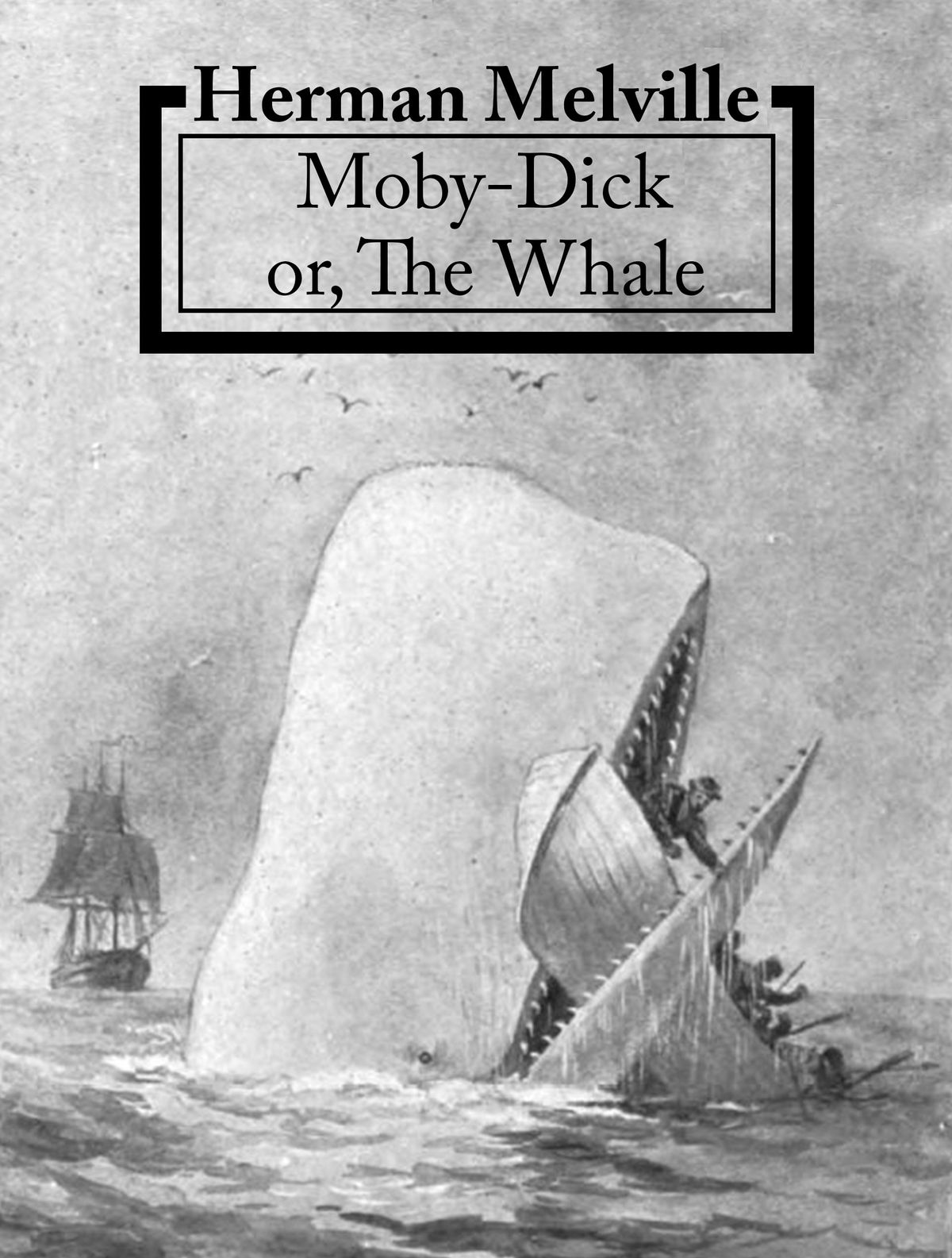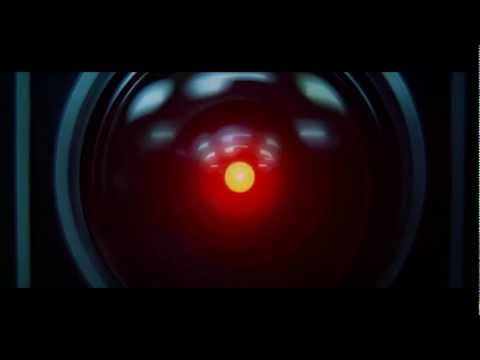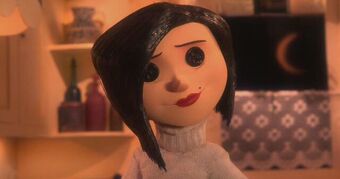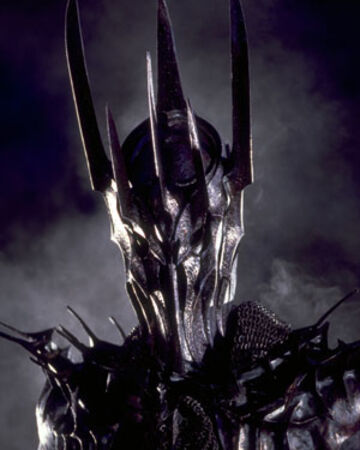10 Types of Villain Archetypes
The protagonist may be the lead of the story, but what good is a compelling lead character without an equally well-written antagonist?
Good antagonists are just as fleshed out as protagonists, with their own backstories, motivations, and personalities. One popular type of antagonist is the villain, which is almost often found in stories where the protagonist fits the “hero” archetype. The villain is meant to contrast or combat the protagonist in some way. When written poorly, the villain can fall into two-dimensionality, with no sole purpose other than making the protagonist’s life miserable. When written well, audiences may feel just as much compassion for the villain as they do the hero.
Here are some villain archetypes you might want to look at for your next hero’s journey story. Perhaps you’ll find the perfect nemesis for your protagonist below.

-
The Bully
Example: Janice Avery from Bridge to Terabithia by Katherine Paterson
A classic villain trope especially in stories for younger audiences, the bully is a type of villain whose sole purpose is to torment the protagonist. Often, this type of villain has a backstory which explains their behavior. Sometimes, it is the protagonist’s goal to help the bully gain redemption by the end of the story.

-
The Authority Figure
Example: Javert from Les Misérables by Victor Hugo
Authority figures live by the law and will make sure that everyone does too. Often, protagonists will run into trouble with authority figures when doing something morally good but against the law. Though not necessarily “evil,” authority figures do get in the way of the hero’s goals, making them a villain, nonetheless.

-
The Despot
Example: Lord Voldemort from the Harry Potter Series by JK Rowling
The power-hungry despot will do anything to be as powerful as they could. Despots may be in positions of power from the beginning of the story or may work toward greater power within the story. Their backstories often include instances of bullying and otherness, making revenge one of their motivations for villainy.

-
The Beast
Example: The Whale from Moby Dick by Herman Melville
Also known as the monster, the beast is a classic horror villain archetype. True to its name, the beast is most often a nonhuman creature and is, therefore, impossible for the protagonist to communicate to and reason with. This type of villain is meant to reveal something about the protagonist.

-
The Machine
Example: HAL 9000 from 2001: A Space Odyssey by Arthur C. Clarke
The machine is another type of monster. This creature may be nonhuman and is usually man-made. However, machines can also be fantastical or supernatural, once possessing a human past. The machine may come in the form of robots or, in more recent trends, artificial intelligence. Like the classic beast, its existence as a villain is meant to reveal something about the protagonist.

-
The Mastermind
Example: Lex Luthor from the Superman Comics
Another popular type of villain, the mastermind comes face-to-face with the protagonist only during the most climactic event of a story. The mastermind often likes to play with the morals of the protagonist, making sure to hit them right where it hurts. Often, the mastermind prefers not to get their own hands dirty and uses other character/villain archetypes such as minions and henchmen to do the dirty work for them. Most importantly, they gain satisfaction in the protagonist, knowing that they had been behind the evil plots all along.

-
The Mirror
Example: James Moriarty from Sherlock Holmes by Arthur Conan Doyle
As the name suggests, the mirror is a type of villain which has plenty of similarities with the protagonist in terms of intellect, skills, or superpowers but has different morals than them. The mirror shows who the protagonist could have been had they chosen a different path. The mirror is often shown to be a formidable foe since similarities make it easier for them to predict the actions of the protagonist.

-
The Family Oppressor
Example: The Other Mother from Coraline by Neil Gaiman
Family oppressors have one goal in mind: to keep family members in line whatever it takes. This type of villain is popular in stories for younger audiences, with the hero struggling with abuse and/or independence from their oppressor.

-
The Evil Incarnate
Example: Sauron from The Lord of the Rings by JRR Tolkien
The evil incarnate is a pretty straightforward archetype—they are a character that is purely evil. This archetype often possesses a lot of power and has little backstory, often performing evil deeds just because they can and like to.

-
The Anti-Villain
Example: V from V for Vendetta by Alan Moore
When created successfully, the anti-villain is character development at its finest. Anti-villains are villains specifically made to be sympathetic or appealing. They may be evil, or at least villainous, but they have a justifiable reason for being such. The direct opposite of the anti-hero, the anti-villain is shown to be capable of changing their ways.
Sources:
-
15 Types of Villains Screenwriters Need to Know | SCREENCRAFT
-
8 Villain Archetypes: How to Write Different Types of Villains | MASTERCLASS
-
Character Archetypes – V for Villain (28 Villain Types) | Word Hunter
*Disclaimer: Images are not ours. Credits to its rightful owners.
For affordable and professional proofreading, copy editing, and writing services, trust only inwrite.com!